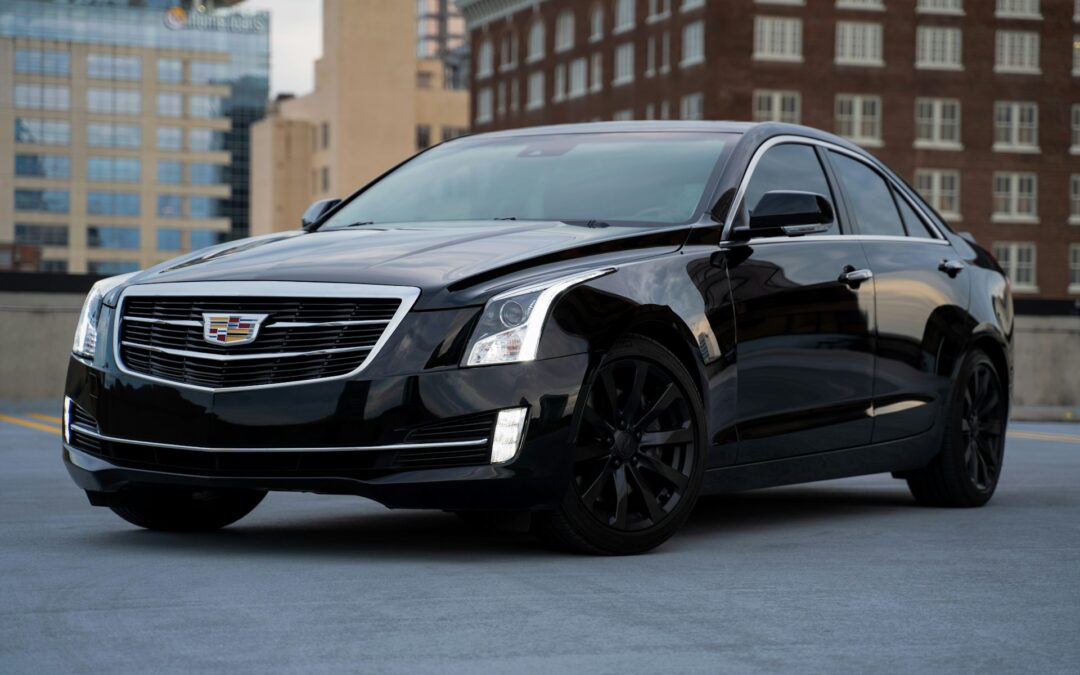Article from Apple News By Marin Cogan | Vox Source : https://apple.news/AEhTSvk6ZRlKGIrscv23yxA
You’re paying a lot more for car insurance than you were in 2020. Here’s why.
If you pay for car insurance, you’ve probably noticed that rates are really high lately. You’re not alone.
Last week’s Consumer Price Index (CPI) report — the government’s method for tracking what people are paying for goods and services and how that’s changing over time — noted that the price of car insurance was up more than 20 percent over the same time last year. What’s particularly painful is that rates were already rising: CPI reports have shown that, overall, car insurance rates are up more than 38 percent since January 2020.
What’s going on? The big insurance companies have been relatively quiet about what’s driving rates up.
Inflation is definitely a big part of the equation
Everything now costs more, including cars and car repairs, and insurance companies are passing those costs on to consumers.
But industry insiders and experts I spoke with say there are a few under-the-radar trends also driving rates up, and they relate to the subjects I cover at Vox, so let’s dive in.
We’re driving more dangerously
One reason rates are up is that driving became much more dangerous during the pandemic. People started engaging in risky behaviors like speeding and using their phones while driving more.
“Since Covid, we saw this incredible increase in distracted driving,” says Ryan McMahon, senior vice president of strategy for Cambridge Mobile Telematics. “You could almost track it by the day schools started to shut down.”
He’s not just speculating: CMT has access to driver data for millions of drivers, who download apps via their insurance companies that measure things like speeding, hard braking, and cellphone use while driving. McMahon told me that the huge jump they saw in distracted behaviors during the pandemic hasn’t come down since.
Maybe not surprisingly, the number of fatal accidents spiked; so did the severity of auto insurance claims, meaning cars came in severely damaged and requiring expensive repairs.
Costs keep rising
While drivers were getting more dangerous, law enforcement in many parts of the country began pulling back on traffic safety enforcement, likely due to Covid-related staff shortages and criticisms over racial biases following the murder of George Floyd.
Traffic enforcement has always been a deeply imperfect mode of safety enforcement, one that leaves Black drivers susceptible to racial biases from law enforcement. But it’s also one of the factors insurance companies use to determine individual rates.
“Ultimately, without traffic violation data, insurers aren’t able to accurately assess and underwrite a driver’s risk. With the compounding cost from accidents, carriers are now increasing rates for everyone, meaning we are all paying for this problem,” Mark McElroy, executive vice president and head of TransUnion’s insurance business, said in a recent report.
Cars have also become more technologically advanced, making car repair more expensive.
Think of a car made in 2004 versus a car made in 2024. If the two crashed, the car from 2024 would probably be more expensive to fix because it’s more likely to have advanced technology like backup cameras and lane sensors.
According to one report by industry analysts CCC, the average estimate for a front-end claim in 2022 was $3,706, up more than 15 percent over the year before. Vehicles more than seven years old, meanwhile, were over $1,000 less to repair.
When does it end?
This is, needless to say, not good news for consumers.
The price of new cars has grown so much that they’re practically unaffordable for middle-class consumers now, and these rising costs hit low-income people even harder. It’s particularly difficult because for many, a car is often an essential means of keeping a good job.
So they’re stuck with a kind of Catch-22: They can’t live with the rising costs of car ownership, but they can’t live without them, either. And their rates are already likely to be higher if they have poor credit or live in a high-crime neighborhood. “The people least able to afford it are paying the highest amount,” said the industry insider.
The good news — if you can call it that — is that experts don’t think rates will keep growing so much over the next year.
“You had this problem where the insurance companies fell behind, so the prices didn’t match the costs and they were losing a bunch of money,” another insider told me. Rates rose in an attempt by insurance companies to catch up with costs, but now inflation isn’t growing at the same runaway clip and insurers aren’t seeing the same levels of loss.
“Costs shouldn’t be as high as last year,” he said.

